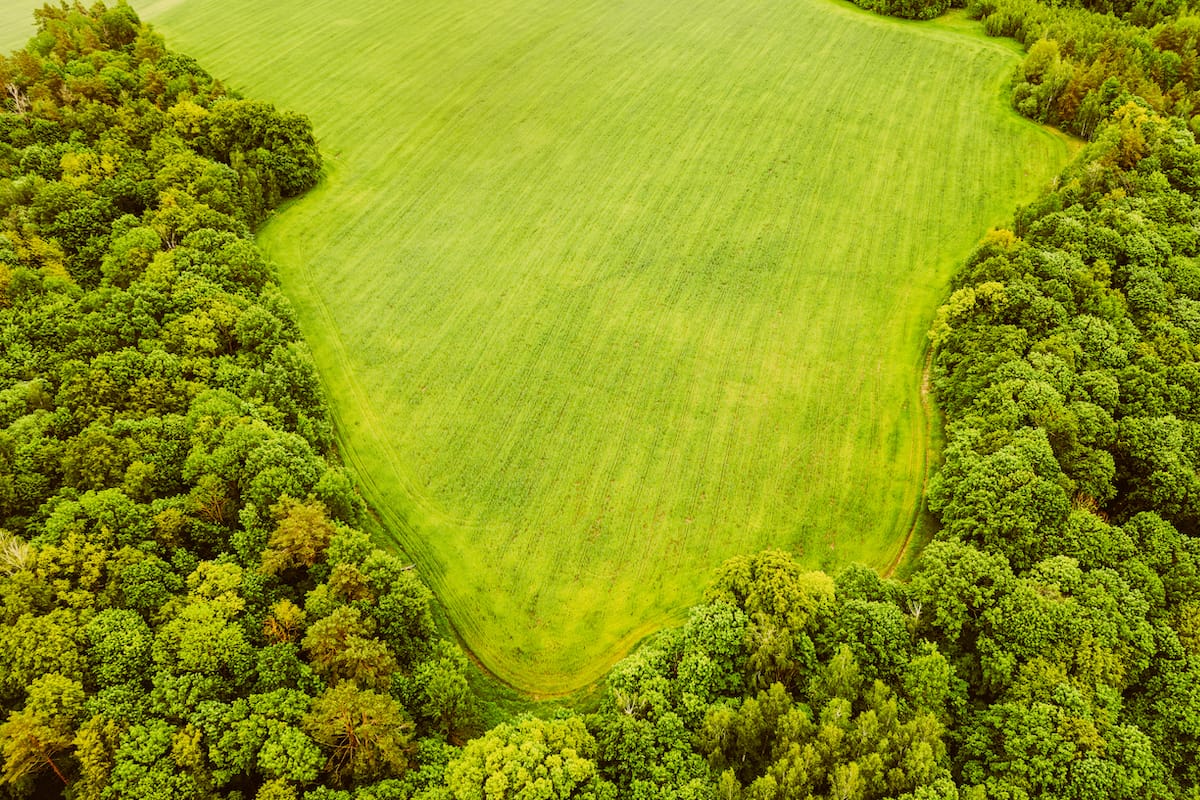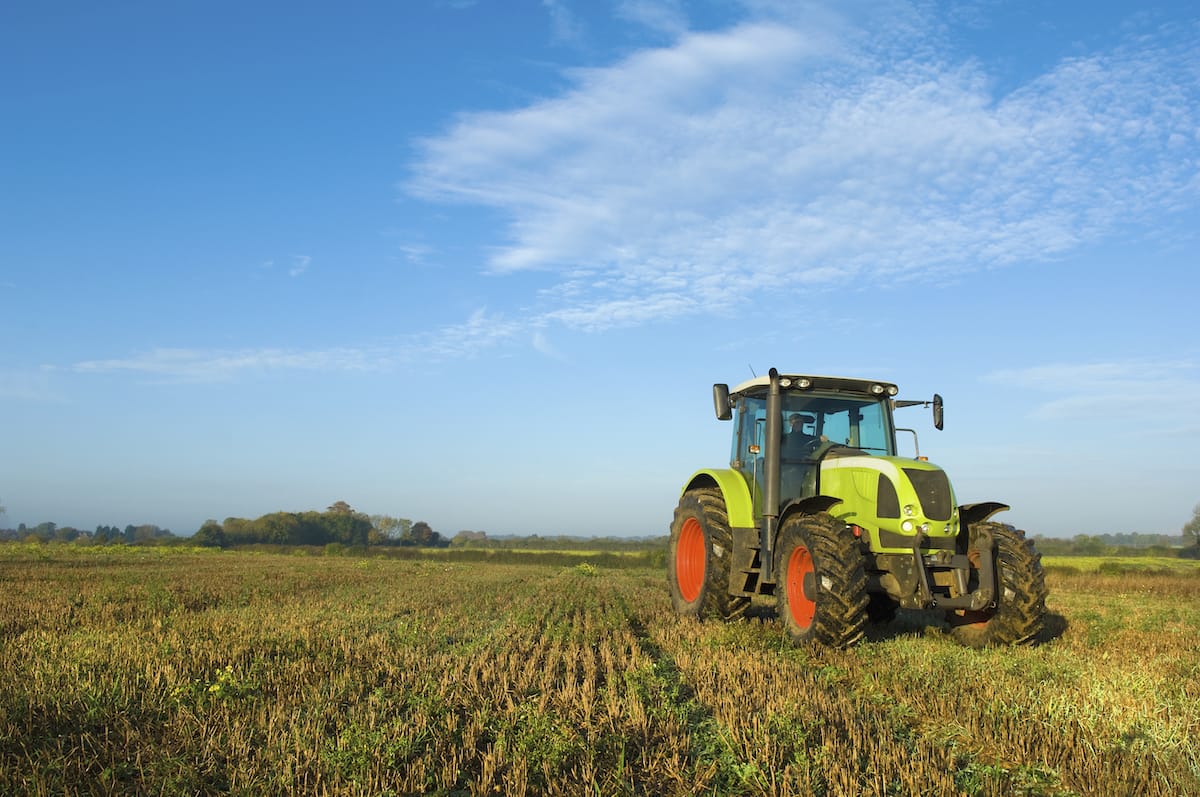Article Summary:
Gusty, dusty, and dry summer winds are detrimental to pasture topsoil. They blow away fertile and nutritional soil, thus damaging the composition of healthy soil. Summer is the time to protect your pasture from wind erosion. Adequate levels of ground cover and shelterbelts are necessary to decrease wind velocity. Learn with us the strategies to manage wind erosion and recover eroded soil.
Surviving through summer is like a crusade against heat and everything summer heat brings forth will test your farm land management.
Summer heat makes the land dry and then wind blows away soil’s fertility. Together, summer heat and wind, detach, transport, and re-deposit fertile soil in faraway places, Queensland’s sand dunes are one example. Soil erosion by the action of wind reduces soil fertility significantly. It damages the crop through sand-blasting, chips away infrastructure, and dust particles also cause air pollution.
Sounds awful for your pasture and thus it brings us to formulate strategies to protect your pasture from wind erosion, especially in summer.
Wind erosion is a natural phenomenon and all soils are vulnerable to wind erosion. Land degradation by wind erosion slowly leads to desertification. In this article, we will discuss what wind erosion is, how it affects soil fertility, factors that contribute to soil erosion, and finally, we lay down sustainable ways to protect your pasture from wind erosion.
Wait, Wind Erosion is not a problem in my pasture!
Wind erosion is a big problem for arid and semi-arid areas of southwest Queensland. However, a wind speed of only 20-28 km/H is enough to cause wind erosion anywhere, given the summer heat has dried the surface layer of soil. Wind erosion depends upon certain soil factors like moisture, particle size, soil type, etc. Large particle sizes are too heavy for the wind to carry.
However, sandy and red loamy soils are vulnerable to wind erosion if there is no ground cover protecting them.
Just to be on the safe side, maybe you want to think twice before skipping on wind erosion!

Damaging effects of wind erosion on soil productivity
Wind erosion acts in three ways to change the soil composition and leave the pasture windswept. These are;
- Surface creep: Rolls the heavy particles (0.5 mm to 2 mm)
- Saltation: Moves the fine particles (0.05 mm to 0.5), causing abrasion and attrition.
- Suspension: Moves and suspends the dirt and dust particles (0.05 to 0.1 mm and smaller than 0.05)
Fun Fact about wind erosion: Wind can take particles of size 0.001mm thousands of kilometres away to New Zealand and even beyond. I guess that's what they mean when they say wind carries the scent to distant lands :-)
These three ways work together to damage the topsoil layer and change soil composition in the following ways.
- Soil fertility is compromised. The loss of plant nutrients, organic matter, sand, silt, and clay from the topsoil reduces pasture’s productivity and biodiversity.
- Wind erosion through sand-blasting damages the base of plants and thin out the ground cover.
- Erosion of healthy fertile soil may expose subsoil which is often saline. This makes the soil very difficult to revegetate.
- Wind erosion of topsoil leaves behind hard claypans. They have low water permeability and less support to vegetation.
- Deposition of eroded soil damages infrastructure and may bury fences and roads.
- Strong winds can transport sand particles to significant distances and damage vegetation in their path by sandblasting.
- Suspended dust and dirt particles contribute to air pollution and cause health problems in humans.

Factors that contribute to wind erosion
We all love the wind that blows through our hair and flutters our clothes. The tragedy is that the same wind may take fertility away from our pastures. The wind is not alone though. Wind action is worsened by various other man-made and natural factors such as poor grazing management, drought, heat stress etc.
- Overgrazing of the pasture by livestock is the biggest cause of wind erosion. Overgrazing leaves the topsoil without protective ground cover to slow down gusty winds. Exposed soil is at a greater risk of wind erosion.
- Drought contributes to wind erosion as well. The destructive effects of the hot season are multiplied by drought led dry season leading to heightened wind erosion.
- Landscape position is another deciding factor for soil vulnerability to wind erosion. Windward and downwind areas are more prone to wind erosion.
- Another leading cause of wind erosion is changing climate conditions. An increase in the intensity of hotter and drier climates is contributing to wind erosion.
- Dry conditions of arid soils and drought-like conditions destroy the biological component of soil. The death of living organisms like algae, lichens, mosses, earthworms reduces soil fertility and compromise soil health.
Attention: Soil once damaged may take several to thousands of years to recover!
Strategies to manage wind erosion
Now that we know the factors that contribute to wind erosion, we can gather our information stock and come up with strategies to minimize the harmful effects of soil erosion by wind action.
We ought to break the momentum of wind carrying away nutrients from our pastures.
Management strategies involve the steps that ensure wind velocity is broken. Without further ado, let's delve into control measures and protect your flourishing pasture from wind erosion.
1. Maintaining adequate levels of ground cover
A single most important factor that can dramatically diminish the threat of wind erosion is maintaining ground cover to above 50% or 750 kg/ha. This is achieved by good and tactical grazing management plans. Grazing management takes into account the seasonal conditions and decides the number of livestock for one paddock and timely relocates livestock before ground cover reduces to 50%.
Ground cover of 30% has a high hazard rating for wind erosion. Taking into account the impact of feral animals is also crucial for grazing management.
2. Lower wind velocity by Shelterbelts and tree Corridor
The purpose is to lower the impact of the wind’s carrying capacity and hinder its momentum. Shelterbelts serve this purpose nicely. They provide a vegetative belt that slows the velocity of the wind. Tree corridors are also used for this purpose.
Shelterbelts and tree corridors are a great measure against other summer problems like heat stress and reduce the drying effect of winds.

3. Keep stubble on the ground after harvest
Cultivated areas are at a greater risk of wind erosion as there is no vegetative ground cover to break wind’s flow. After heavy rainfall, the risk of wind erosion is multiplied as the soil is dispersed and more prone to wind erosion after drying.
One strategy is roughening of the surface by cultivation which lowers the immediate threat of erosion by wind action.
Another strategy is to keep the stubble cover with zero tillage. It not only helps the farmer financially but also protects pasture from wind erosion.
4. Managing movements to decrease scattering soil
Detached, scattered, and dispersed soil is at a greater risk of wind erosion as compared to agglomerated soil. Soil is scattered as a result of cultivation, ploughing, livestock movement, vehicle, and machinery movement.
Grazing management ought to take into consideration excessive movements when planning incoming and outgoing livestock movement through paddocks.
How to recover from wind erosion?
Well, this scenario is not far from happening. Let’s assume wind erosion has left the pasture windswept. Take recovery measures immediately to minimize the damage. First, move livestock elsewhere. Cease vehicle movement. Areas that are more susceptible to wind erosion can be protected by using binding sprays, clay, gravel, stubble, etc.
We recommend consulting an expert before using binding strategies as they are more expensive and may have unwanted effects on soil later.
Summer is the time to look at many things that can affect pasture growth. Dry summer winds put the pasture at the risk of wind erosion. Be ready, take precautions, and protect your flourishing pasture from wind erosion with best farm land management practices. This brings us to the end of the article.
Until we meet again, Happy Farming!
- The Dedicated Team of Pasture.io, 2022-01-12